Disease is something that cannot be avoided, including in sangkuriang catfish. Sangkuriang catfish disease can be caused by viruses, bacteria, or parasites. Even though the sangkuriang catfish has high body immunity, this fish can also get sick.
So, what can cause the sangkuriang catfish to get sick if it has high body immunity? Find out the answer in this article, come on, ladies and gentlemen!
Causes of Disease in Catfish
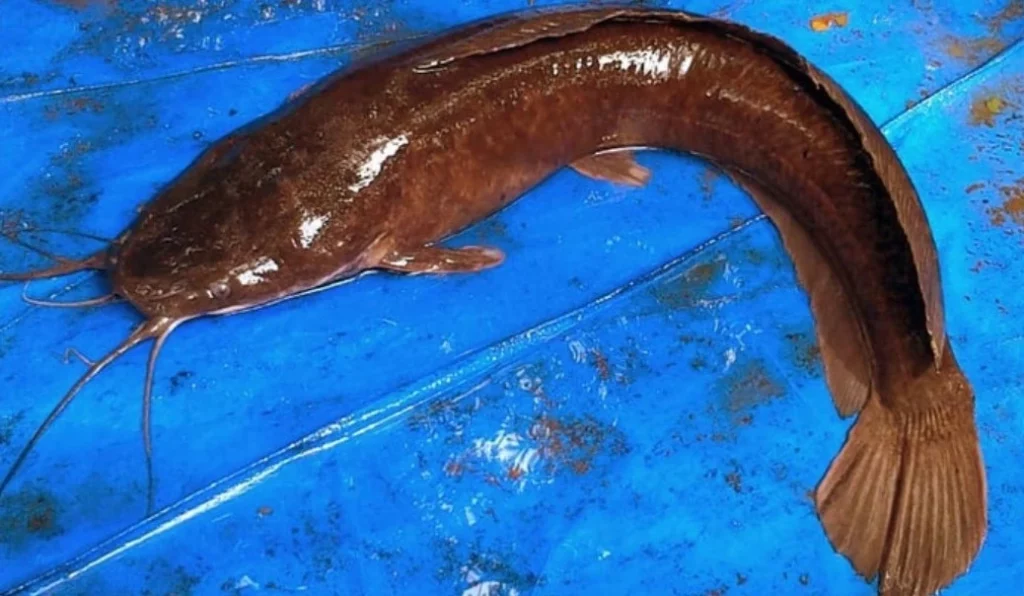
Scales are a part of the fish's body that functions to protect the fish's skin from hard impacts and friction. However, catfish is a fish that does not have scales covering its skin. This makes catfish do not have tools to protect their bodies from friction and hard impacts.
As a result, catfish skin is prone to cuts and abrasions so that the body easily excretes excessive mucus. The mucus that is on the body of the catfish can be a medium for bacteria to live and develop.
If the bacteria have stuck to the catfish's body through the mucus, the disease will easily infect the catfish. This is what makes the catfish's body resistance decrease and causes the catfish to be susceptible to disease.
Types of Sangkuriang Catfish Diseases and How to Treat Them
1. Attack Cyclochaeta (Tricodina sp.)
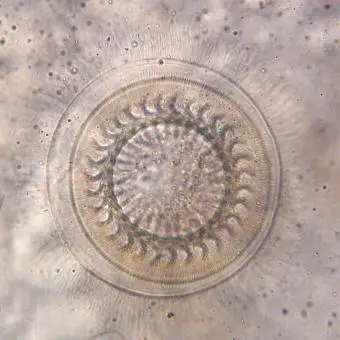
Tricodina sp. is one of a kind zooparasites which reproduce by dividing. Tricodina sp. has a mouth surrounded by a tool made of chitin as much as 20-30 pieces.
Later, this tool will attach to the body of the Sangkuriang catfish as gills and suction devices. If Tricordina sp. has infected your beloved sangkuriang catfish, the infected area will turn pale, secrete mucus, bleed, weaken immunity, and irritate the catfish skin.
To prevent this bacteria from infecting catfish, you can apply disinfectant before spreading the seeds. You can also optimize the stocking density of the Sangkuriang catfish in the pond and maintain the availability of feed in sufficient quantity and quality to prevent this bacterial attack.
2. Water Fungus Disease
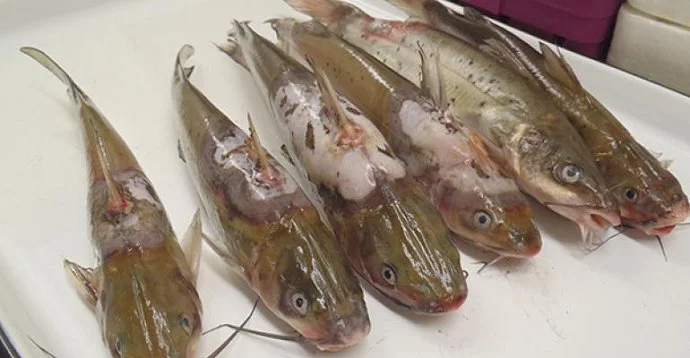
Usually, water fungus only infects fish that are sick or injured, not healthy fish. Water fungus only grows in the body of a fish that is experiencing a decrease in its immune system. When infected with water fungus, threads resembling cotton will appear on the fish's body, especially in the parts where there are wounds.
If attacked by water mold, the fish will also lose its aggressiveness. To treat catfish that have been affected by water fungus, you are advised to quarantine the fish in a sterile pond.
3. White Spots (White Spots)
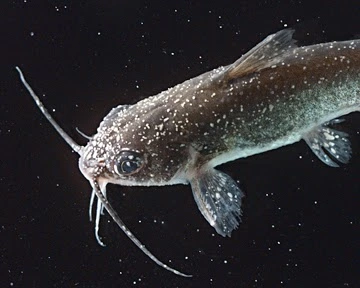
When it infests the sangkuriang catfish and other catfish, this disease will cause white spots in large numbers on the catfish's body. White spots attack in groups on the skin layer, fins, to the gill layer. The appearance of white spots on the sangkuriang catfish will be accompanied by mucus discharge, irritation, and pale body color of the catfish.
The side effects of this disease will slow down the development of the catfish and make the catfish often rub their bodies against the pool walls. If you don't deal with this disease as soon as possible, the catfish will lose its appetite, become weak, and even die.
Unfortunately the sangkuriang catfish that has contracted this disease will be difficult to treat. This is due to the presence of mucus that is all over the surface of the catfish's body. This mucus will prevent the medicine from being absorbed optimally.
4. Phytoparasites
Phytoparasites are parasites that will emit fine white threads around the body of the sangkuriang catfish when it lands on it. Not only will it be outside the catfish's body, but phytoparasites are very dangerous because they can penetrate into the skin to the muscle tissue and bones of the sangkuriang catfish.
Phytoparasites can infect adult sangkuriang catfish, fry and eggs. The thing that is the main trigger for the existence of this parasite is the decay of organic matter in the pond.
Phytoparasites must be treated as soon as possible because they can cause death to your favorite catfish. To deal with phytoparasites, you can give antibiotics at a low dose of 0.5-1 ppm in the transportation medium and the sangkuriang catfish shelter. You can also soak sangkuriang catfish eggs before and when they are put into the hatchery with low doses.
Cegah Penyakit pada Lele Sangkuriang dengan eFeeder, Beli/Sewa di eFisheryKu Segera!
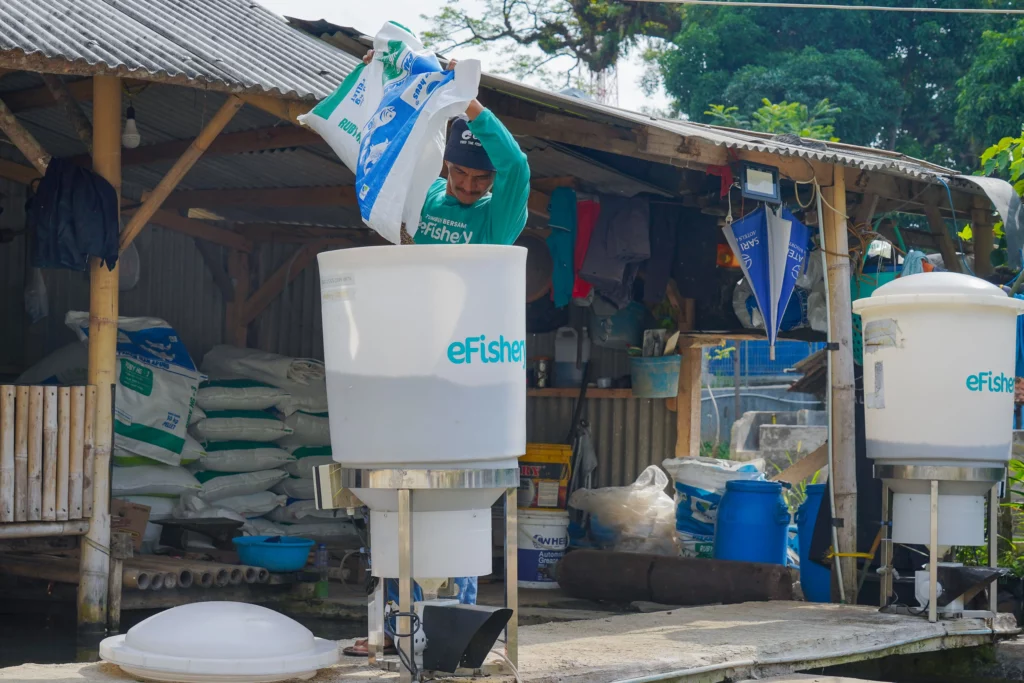
Salah satu penyebab munculnya penyakit pada ikan lele sangkuriang adalah adanya pembusukan bahan organik di kolam. Bahan organik yang membusuk itu bisa datang dari pakan yang diberikan secara berlebih dan mengendap di kolam. Jika ingin menghindari pembusukan tersebut, Bapak/Ibu bisa menggunakan eFeeders untuk memperbaiki manajemen pakan. Dengan eFeeders, pemberian pakan jadi lebih optimal karena bisa menyesuaikan jumlah dan bobot ikan di waktu pemberian yang sudah ditentukan.
Sekarang, Bapak/Ibu dapat membeli/menyewa eFeeders di aplikasi serba ada yang mempermudah proses budidaya, eFisheryKu. Selain beli/sewa eFeeders, di eFisheryKu Bapak/Ibu juga bisa membeli pakan ikan dengan mudah, mendapatkan akses ke institusi finansial yang diawasi OJK, dan menjual ikan hasil panen.
come on, downloads eFisheryKu dan registrasi sekarang untuk dapat banyak keuntungan dengan klik tombol di bawah ini!
- https://eprints.umm.ac.id/47040/3/BAB%20II.pdf
- https://suarasalatiga.com/radio-update/artikel/22106/budidaya-lele-sangkuriang-dengan-biosecutiry-cara-hingga-jenis-penyakit-yang-menyerang/
